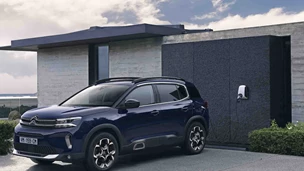When viewing the safety equipment of a new car you may purchase, you could come across the term ‘Brake Assist’ (also known as Emergency Brake Assist or EBA) on the list of features. But what is brake assist exactly?
Brake assist is an advanced safety system that is become increasingly more common amongst models including family vehicles in the new car market.
Essentially, brake assist systems help reduce the stopping distance when emergency braking takes place in a car. But how does brake assist work?
This feature is smart enough to detect when the driver is panic braking, presumable in a scenario where they are trying to avoid colliding with something, and generates maximum pressure to the brakes in response.
When the driver applies maximum pressure on the brake pedal at a sudden rate and when travelling at speed, the brake assist system works in conjunction with the anti-lock brake system, a feature found on virtually all modern cars.

While the anti-lock system is there to make sure the brakes don’t end up locking the wheels, skidding the car further forward than intended, the brake assist system ensures maximum braking power is provided when the situation demands it.
Therefore, cars with brake assist have a shorter stopping distance compared to those without such a driver aid.
Advantages of Brake Assist
To what extent Brake Assist can help a driver while making an emergency braking manoeuvre does depend somewhat on the ability and strength of the driver itself. The larger and stronger a driver is, the harder they can stamp on the brake pedal and therefore the more efficiently they can get maximum braking pressure.
Past research has found that a car with brake assist will have a stopping distance that’s around anywhere between 20 and 45 per cent less compared to a car without this aid.
Other research has found that a driver needs up to 240 feet (or 73 metres) to stop a car going approximately 60mph, but a car with brake assist can consistently stop in just 130 feet when travelling at the same speed. Brake assist is a welcome feature of modern cars which can prove the difference between a collision or no collision taking place.




